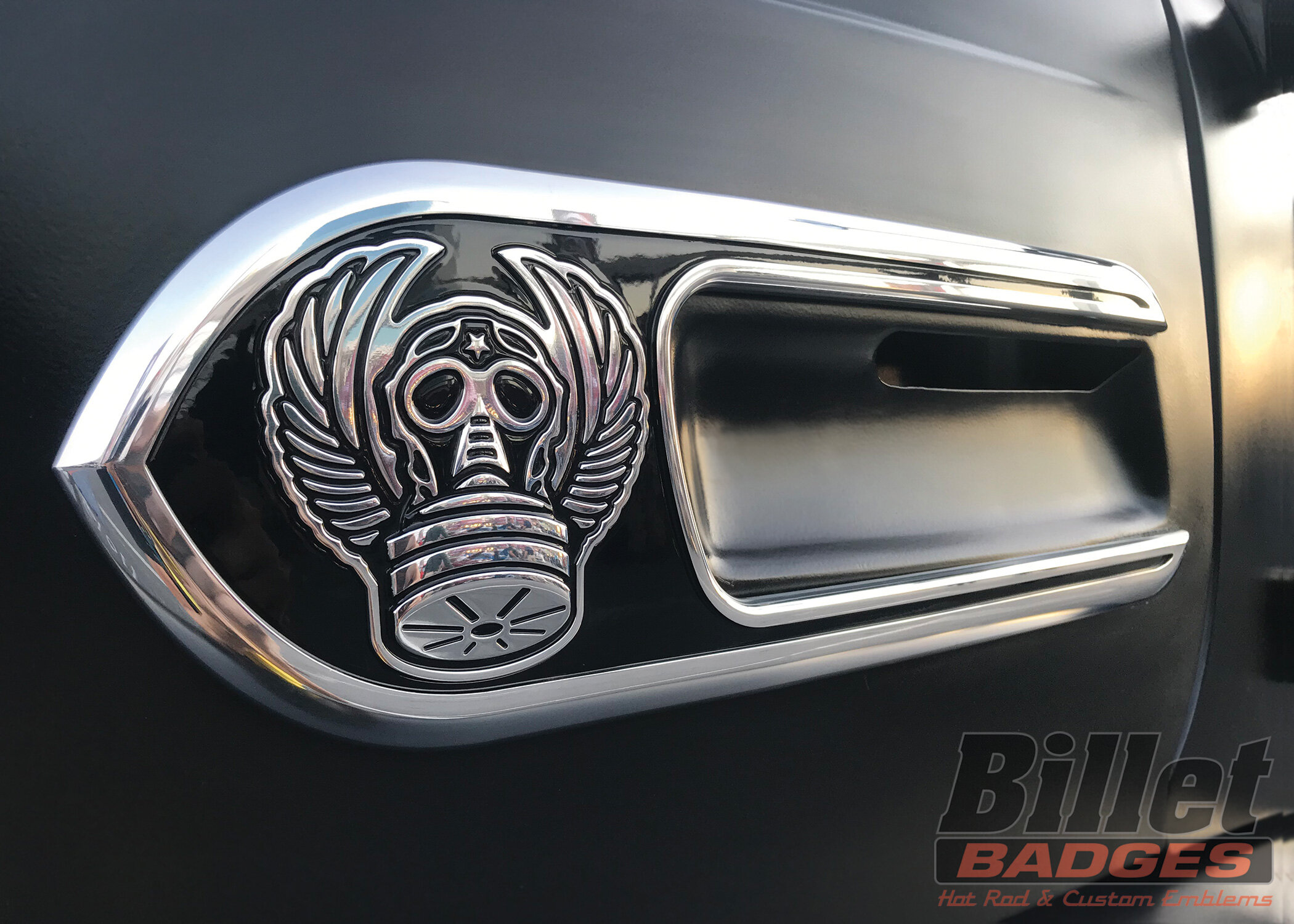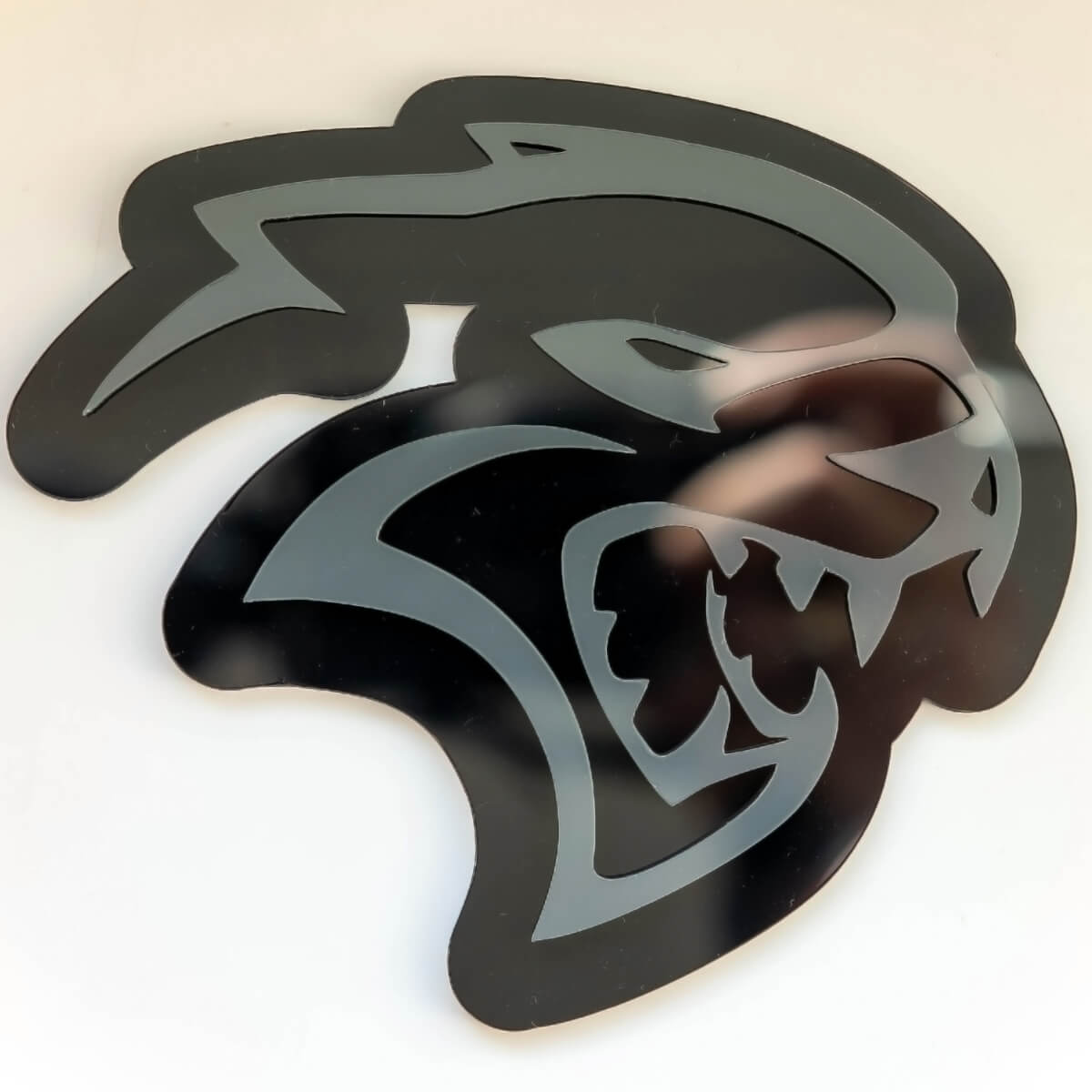From Principle to Production: Crafting an One-of-a-kind Custom Emblem
From Principle to Production: Crafting an One-of-a-kind Custom Emblem
Blog Article
Developing a Long Lasting Perception With Personalized Emblems: Design Tips and Concepts
The production of a customized emblem is a crucial step in developing a brand's identity, yet numerous neglect the subtleties that add to its effectiveness (Custom Emblem). A well-executed style not just interacts core values yet likewise reverberates with target market on multiple levels. Concentrating on elements such as color option, typography, and symbolic value can enhance the emblem's effect. As we discover these vital parts, it comes to be clear that there is more to crafting a symbol than simple aesthetics; comprehending these principles can transform your method to brand representation. What essential elements should be prioritized for maximum impact?
Understanding Your Brand Name Identification
Recognizing your brand identification is vital for producing custom-made emblems that reverberate with your target audience. By clearly expressing what your brand stands for, you can make certain that the style components of your emblem mirror these core principles.

A distinct brand name identification not just help in developing a memorable emblem but also fosters brand loyalty and recognition. Ultimately, an emblem that genuinely reflects your brand identification will certainly develop a purposeful link with your target market, enhancing your message and improving your general brand technique.
Selecting the Right Colors
Selecting the right colors for your custom symbol plays a crucial duty in communicating your brand's identity and message. Colors evoke feelings and can dramatically affect understandings, making it necessary to select shades that resonate with your target market. Begin by taking into consideration the mental effect of colors; for circumstances, blue commonly communicates count on and professionalism and reliability, while red can evoke exhilaration and seriousness.
It is also crucial to straighten your color choices with your brand name's values and sector. A technology company might choose awesome shades, such as blues and greens, to mirror development and reliability, whereas an imaginative agency could accept bold and lively shades to display creativity and power.
Furthermore, take into consideration the color consistency in your design. Making use of a color wheel can aid you identify corresponding or analogous shades that create visual equilibrium. Objective for an optimum of three main shades to preserve simpleness and memorability.
Typography and Font Choice
An appropriate font can dramatically enhance the effect of your custom emblem, making typography and typeface selection vital components of the design procedure. The typeface should line up with the brand name's identity, communicating the proper tone and message. For example, a contemporary sans-serif typeface might evoke a sense of advancement and simpleness, while a classic serif font can interact practice and integrity.
When selecting a font, consider legibility and scalability. Your emblem will be made use of throughout numerous media, from calling card to signboards, so the font should continue to be clear at any kind of dimension. Additionally, stay clear of overly ornamental fonts that might diminish the overall layout and message.
Combining fonts can likewise develop visual rate of interest yet requires mindful pairing. Custom Emblem. A common method is to make use of a strong font for the major text and a complementary lighter one for second elements. Uniformity is vital; restrict your option Recommended Reading to 2 or three fonts to maintain a cohesive appearance
Incorporating Purposeful Symbols

As an example, a tree may stand for development and security, while a gear may symbolize technology and accuracy. The key is to make sure that the icons reverberate with your target audience and reflect your brand's mission. Take part in brainstorming sessions to check out numerous concepts and collect input from diverse stakeholders, as this can yield a richer range of choices.
Once you have actually recognized potential icons, examine their effectiveness by sharing them with a focus team or conducting studies. This responses can provide understandings into exactly how well the symbols communicate your desired message. Additionally, consider how these symbols will certainly operate in combination with other design elements, such as shades and typography, to produce an impactful and cohesive symbol. Ultimately, the appropriate signs can improve recognition and foster a more powerful psychological connection with your audience, making your brand significant and unforgettable.
Making Sure Adaptability and Scalability
Making sure that your customized symbol is flexible and scalable is important for its performance across different applications and mediums. A well-designed emblem must preserve its stability and navigate to this site visual allure whether it's shown on a business card, a site, or a big banner. To accomplish this, concentrate on creating a design that is straightforward yet impactful, avoiding complex information that might become lost at smaller sizes.

Evaluating your emblem in different layouts and sizes is vital. Analyze exactly how it performs on various backgrounds and in various settings to guarantee it stays reliable and recognizable. By prioritizing adaptability and scalability in your design procedure, you will develop an emblem that stands the examination of time and successfully represents your brand across all touchpoints.

Final Thought
In conclusion, the production of customized symbols necessitates a calculated strategy that harmonizes different style aspects, including brand name identification, shade choice, typography, and symbolic depiction. Emphasizing simpleness and scalability ensures that the emblem remains versatile across different applications, while meaningful icons enhance emotional resonance with the audience. By thoroughly incorporating these parts, brands can grow a distinctive identity that fosters recognition and leaves a long lasting perception on consumers.
A well-defined brand identity not just aids in developing an unforgettable symbol however additionally promotes brand name commitment and recognition. Ultimately, an emblem that genuinely mirrors your brand name identity will create a significant connection with your audience, reinforcing your message and improving your general brand strategy.
Picking the ideal colors for your custom emblem plays a pivotal function in communicating your brand name's identity and message. By prioritizing versatility and scalability in your style discover here procedure, you will certainly create a symbol that stands the test of time and efficiently represents your brand name across all touchpoints.
In conclusion, the development of custom symbols requires a strategic strategy that balances numerous design components, including brand name identification, shade choice, typography, and symbolic representation.
Report this page